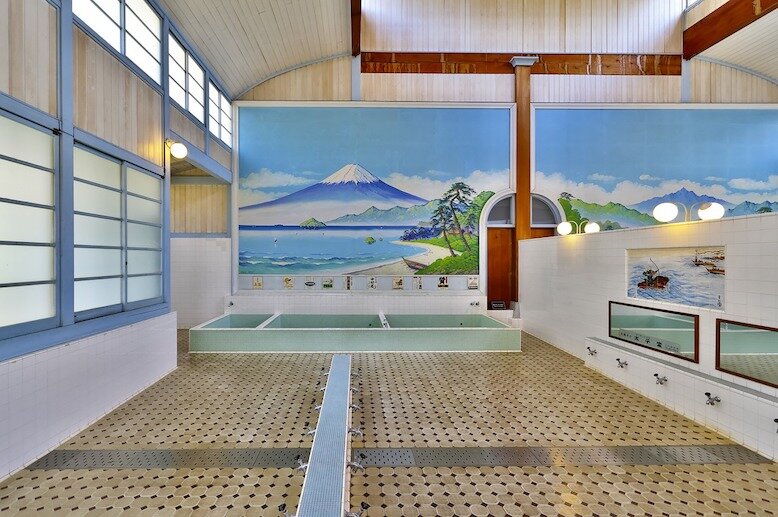
(Image credit: Santa3 on Pixabay)
The Japanese people have kind of mastered the art of bathing. Soaking in an onsen has been an age-old tradition that is now an important part of Japanese culture. Even the snow monkeys in Nagano enjoy it!
However, misguided tourists commonly refer to all Japanese baths as onsens. Do you know that there are actually three types of public baths in Japan — onsen, sento and super sento? To fully appreciate the uniqueness of each bathing experience, it is best to understand their differences so that you can enjoy them like a local.
Onsens are natural hot spring waters
A blissful soak in nutrient-rich hot waters comes to mind when one mentions onsens. That's spot on! Sourced from natural hot springs, the therapeutic properties of onsen waters have long been known to alleviate ailments and help people who bathe in them maintain good health.
In fact, to be able to qualify as an onsen, the water must be geothermally heated to at least 25°C and contain at least one out of 19 specific minerals such as sulfur, iron or calcium.
These naturally mineral-enriched waters also give off a distinct smell, with the most common one being the “rotten egg” smell of hydrogen sulphide. It may not smell like an aromatherapy spa, that's for sure, but you can certainly look forward to a healing and rejuvenating experience.
As Japan is located along the Pacific Ring of Fire, the country is home to more than 30,000 naturally occurring hot springs. From onsen resorts with picturesque mountain views to private onsens in your room, Japan has plenty of choices for people to enjoy.
For a quintessentially Japanese experience, do try an onsen located within a traditional ryokan (Japanese-style guest house). A noteworthy one would be Biwako Hanakaido, a historically rich hot spring inn located in Lake Biwa. Established around 1,200 years ago, guests can enjoy a luxurious bath and wash all troubles away in their outdoor and indoor hot spring baths set in the most tranquil atmosphere.
Fun fact: Not all ryokans come with onsen, it is a common misconception.
Sentos use regular piped water
Imagine a giant bathtub filled with hot water from the tap — that is the gist of what a sento is.
The origins of sento culture can be traced back to the Nara period (AD 710-794) when they were first used by Buddhist priests as a cleansing ritual. It then gradually evolved into a communal bathhouse because people back then did not own a bath facility. In current times, sentos are becoming a disappearing tradition and are mainly frequented by the older generation.
Similar to an onsen, people go to sentos with the aim of relaxation. Some sentos also add bath salts, herbs and milk to the otherwise ordinary heated water for enhanced health benefits.
More than just a place to take a bath, the sento is where the local people come to chit chat and forget about the hustle and bustle of the outside world. Found mainly in neighbourhoods that are off the tourist grid, the real fun comes when you join the locals in a communal bath after another workday has ended.
If this authenticity appeals to you, a sento will be an unforgettable (maybe a little daunting too) adventure because you would probably be the only foreigner in there.

A typical sento where bathers wash at the shower taps. Image credit: Sayama on Pixabay
The old neighbourhood of Asakusa is home to several old sento establishments that still retain that Japanese old-world charm. Tsurunoyu, established in the 1930s, is a fantastic choice with its faded walls and no-frills baths. Scrub yourself down on a plastic stool at the shower stall, settle into one of the baths, stretch out your legs and enjoy this special moment where time seems to have stood still.

